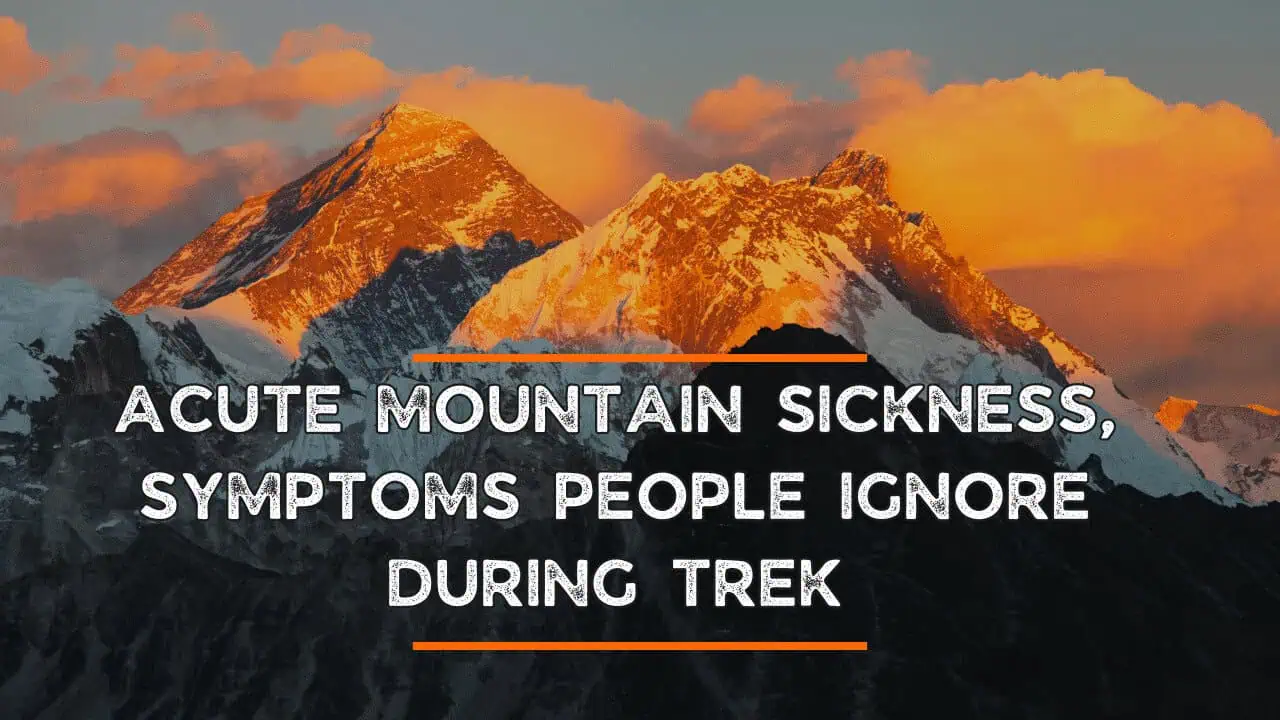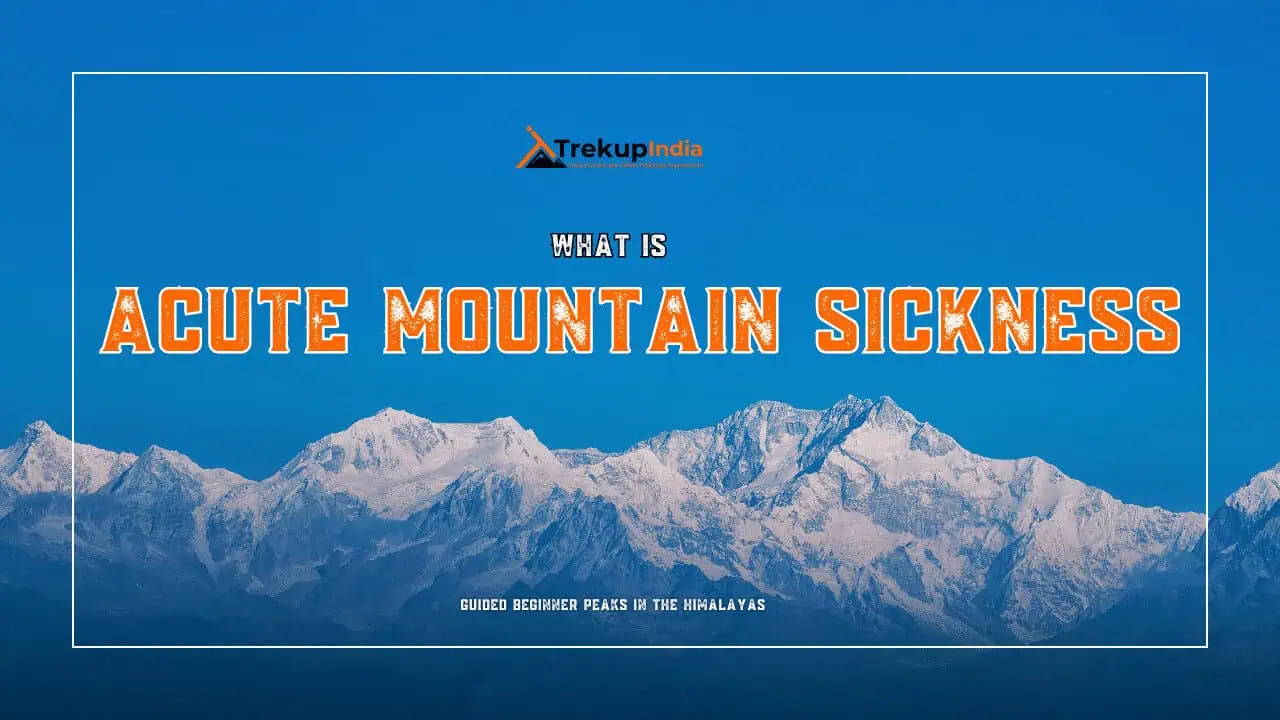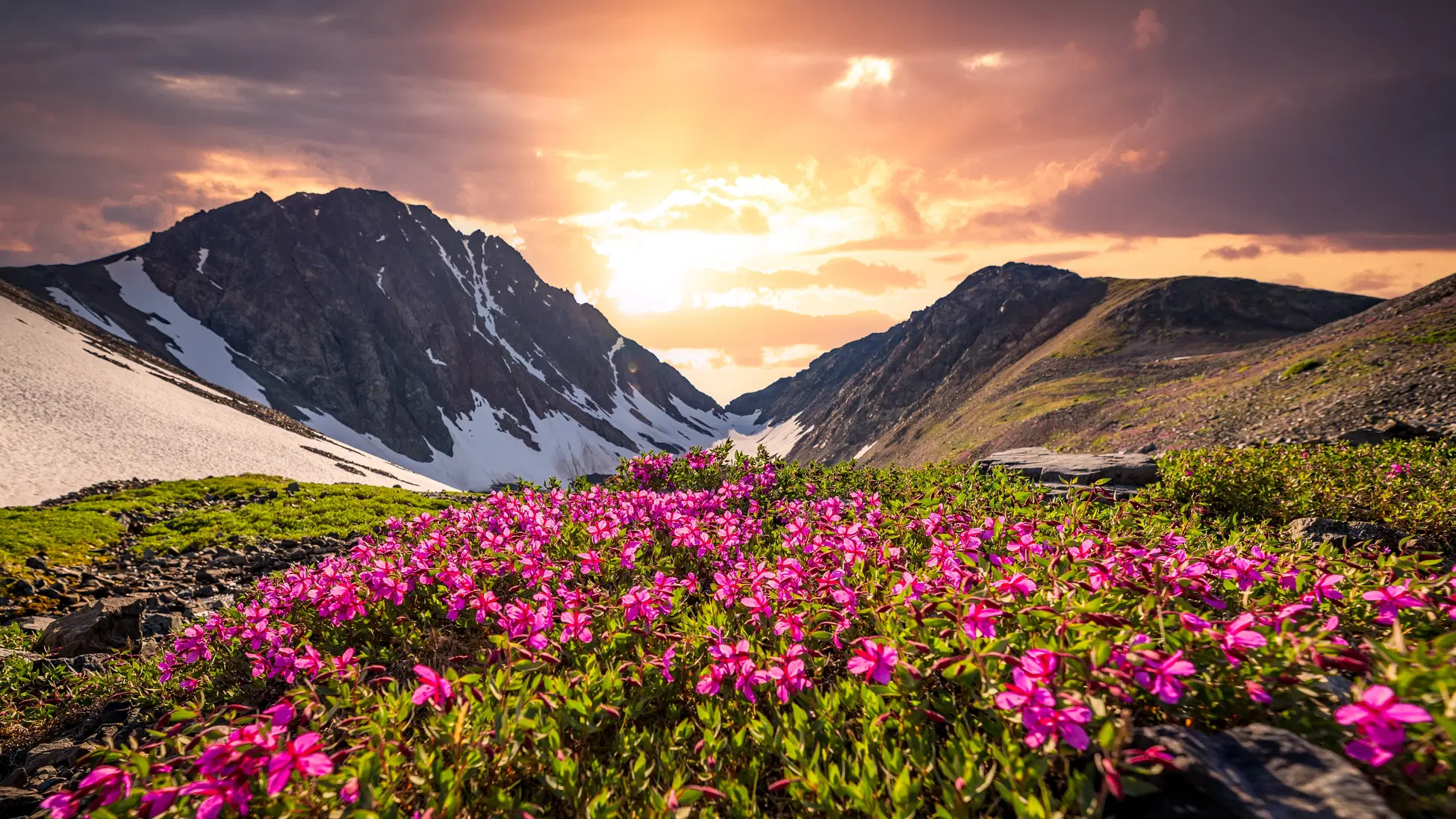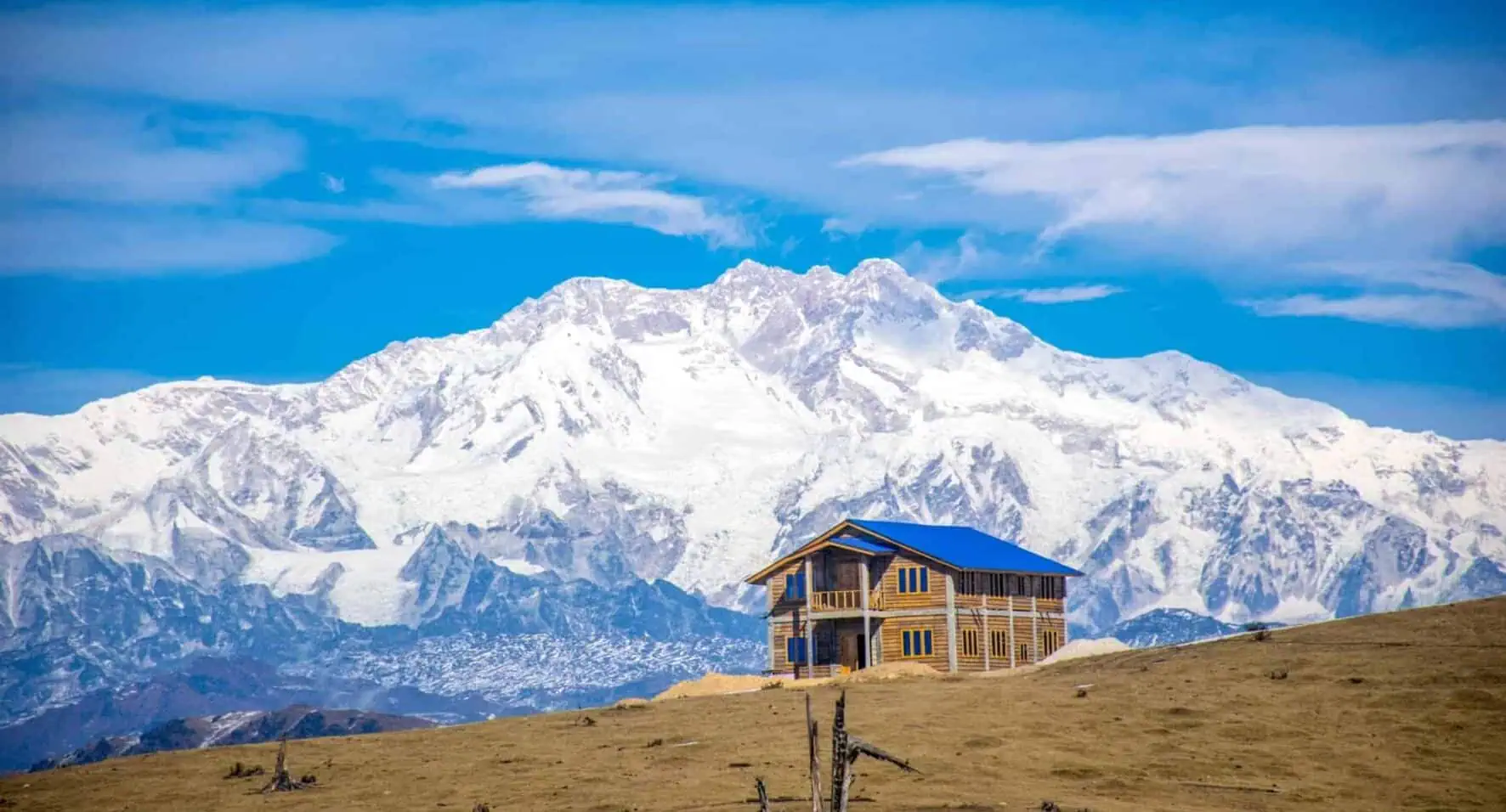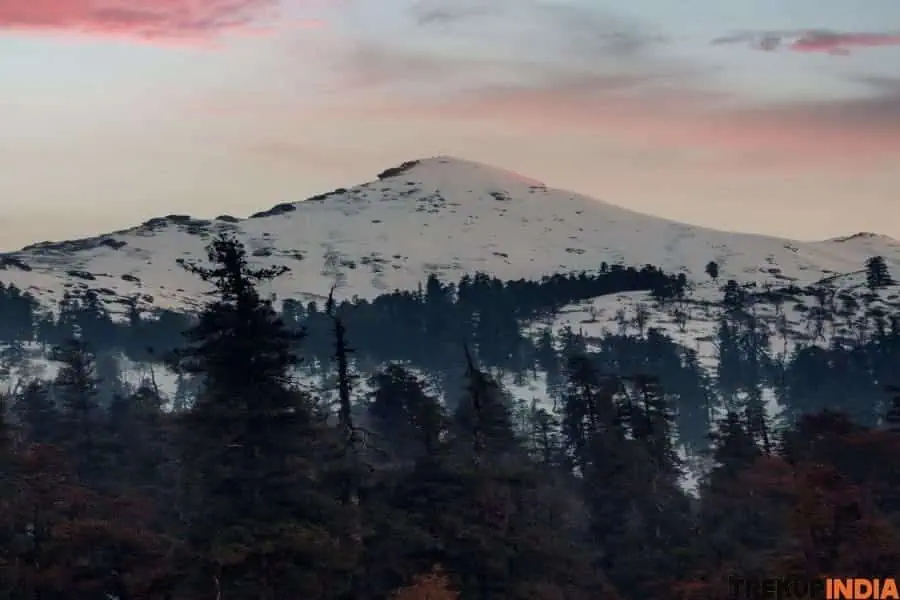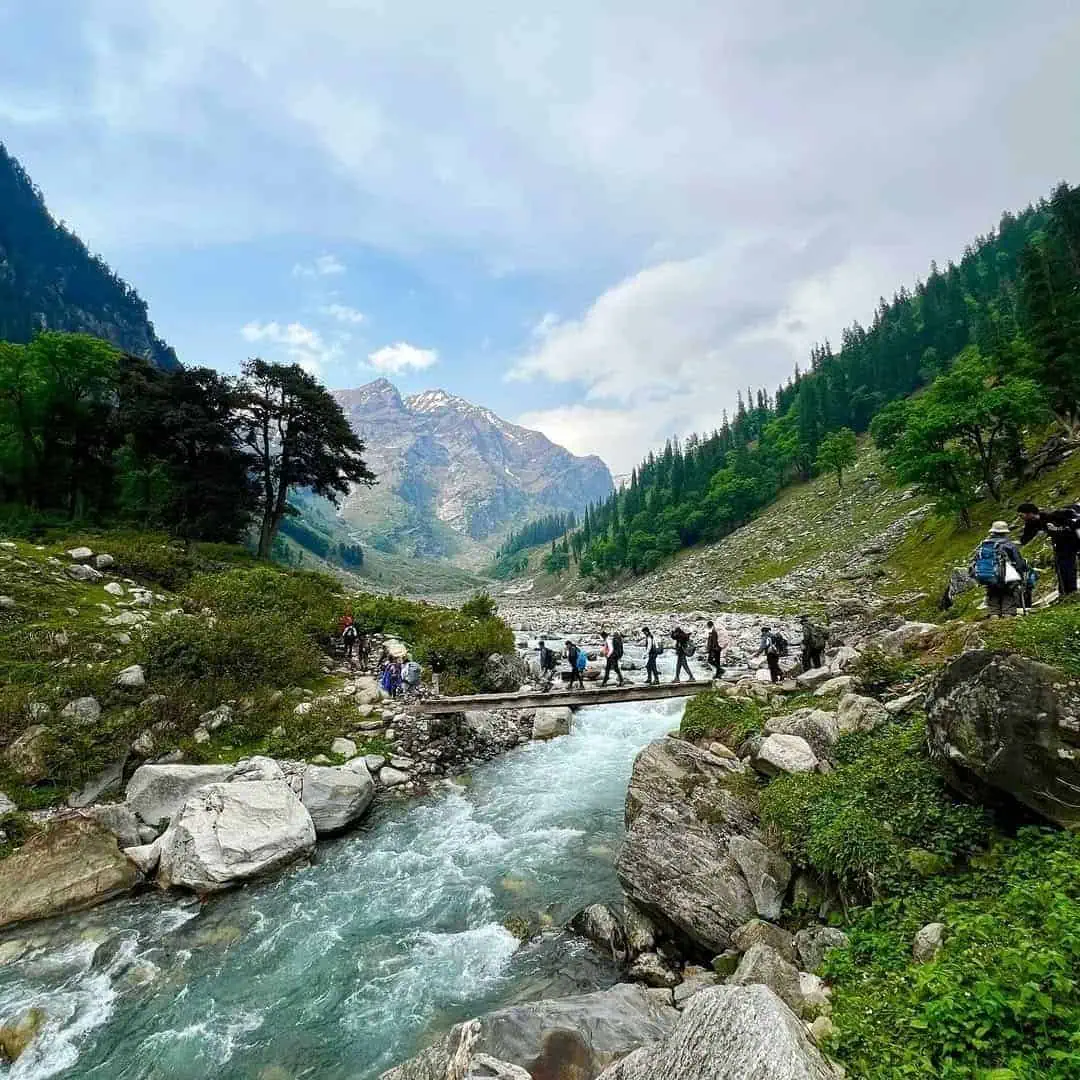Winter Trekking in the Himalayas: Cold-Weather Tips You Need to Know
Winter in the Himalayas provides stunning vistas of snow-covered mountains, frozen lakes, and tranquil valleys. However, trekking in sub-zero temperatures requires careful preparation. If you plan to trek Kedarkantha, Chadar Trek or Brahmatal, these essential guidelines will keep you comfortable, safe and motivated throughout your winter journey.
1. Select an Appropriate Winter Trek
Certain Himalayan routes have been specially tailored for winter conditions, and difficulty accessing certain trails becomes a factor. Here are three treks designed specifically to be winter adventures!
- Kedarkantha Trek (Uttarakhand): An iconic view of the summit and winter-time charm.
- Brahmatal Trek (Uttarakhand): Snow-covered glacial lakes and ridges provide spectacular scenery along this trek.
- Dayara Bugyal Trek boasts snow-covered fields and low crowd levels.
- Nag Tibba is best for those just embarking on their winter exploration adventure.
2. Layer Up
Layering Up is Essential. In order to stay warm during winter’s extreme cold, layering is your best defense. Here’s an effective rule of thumb: Trekup India layering guideline.
Basis Layer: Thermo Wear (moisture-wicking).
Middle Layer: Light down jacket for insulation purposes.
Outside Layer: A windproof and waterproof shell jacket designed to block snow and wind.
Bottoms Base: Warm and quick-drying ski pants or snow pants.
Extremities: Woollen cap, neck gaiter, gloves with an inner fleece layer and waterproof outer layer and woollen socks.
Note: Be wary of cotton as it stores moisture and can cause chills.
3. Stay Warm While Sleeping
Winter treks that reach temperatures as low as -10 °C can make sleeping uncomfortable; be mindful when selecting where and when you sleep plan wisely when making travel decisions that could compromise the temperature at night.
Trekup India provides sub-zero sleeping bags rated for temperatures below -10 °C.
Use thermals when sleeping instead of outfits worn during the daytime.
Keep an empty hot water bottle in the bag you use for sleeping (consult the trekking leader).
Place any clothing that will be necessary for you on the following day into your sleeping bag to keep warm overnight.
4. Footwear that Can Handle Snow
Your footwear should be suitable for snowfall: the soles should have gripping tread to handle snowy conditions.
Boots that provide maximum ankle support and waterproof protection while providing a solid grip are essential components of trekking footwear.
Gaiters will help to protect your footwear from snow accumulation.
Avoid wearing sneakers or sport footwear; these will not provide adequate insulation against frigid or damp conditions.
5. Prevent Frostbite and Hypothermia
- Being vigilant will lower your risk of frostbite or hypothermia injuries and injuries from cold temperatures. By staying aware, this risk can be decreased considerably.
- Keep a keen eye out for any tingling or numbness in your fingers or toes, which could signal nerve damage.
- Keep moving between breaks to maintain blood flow.
- Stay dry — damp clothes rob your body of its vital heat.
- Hand warmers are an effective way to warm up. By massaging them onto hands and feet, hand warmers help your body warm up.
6. Pack Smart for Winter. Below is a basic cold-weather packing list:
- Sunglasses with UV protection (snow can cause real glare).
- Sunscreen with SPF 50+ (you are still susceptible to getting sunburnt in the snow).
- Lip balm with SPF protection and an extra pair of woolen socks may come in handy for cold-weather activities.
- An insulated bottle of water to avoid freezing over.
- Power bank (cold discharges battery faster).
- Headlamp with battery backup.
7. Hydration and Nutrition Matter Even More in Cold
Even if you don’t feel thirsty, your body still sheds water through normal processes – be sure to drink frequently throughout the day for best results.
Consume high-energy foods like dried fruits and chocolates, peanut butter, chocolate bars or bars of energy to sustain energy throughout your day.
Warm liquids such as tea and soups can help to keep you hydrated while helping keep the heat at bay.
Conclusion
Winter trekking through the Himalayas can be both exhilarating and treacherous; with proper equipment, diet and safety measures in place, it’s possible to traverse these treacherous snowy paths safely.
Share this article
Want To Trek Like Pro?
Check out the following videos if you want to trek like a pro trekker and improve your skills. These videos contain helpful tips, tricks, and techniques to help you trek like a pro. Whether you’re a beginner or an experienced trekker, these videos can provide valuable insights to enhance your trekking experience. So, watch the videos below by Trekup India experts to take your trekking skills to the next level.
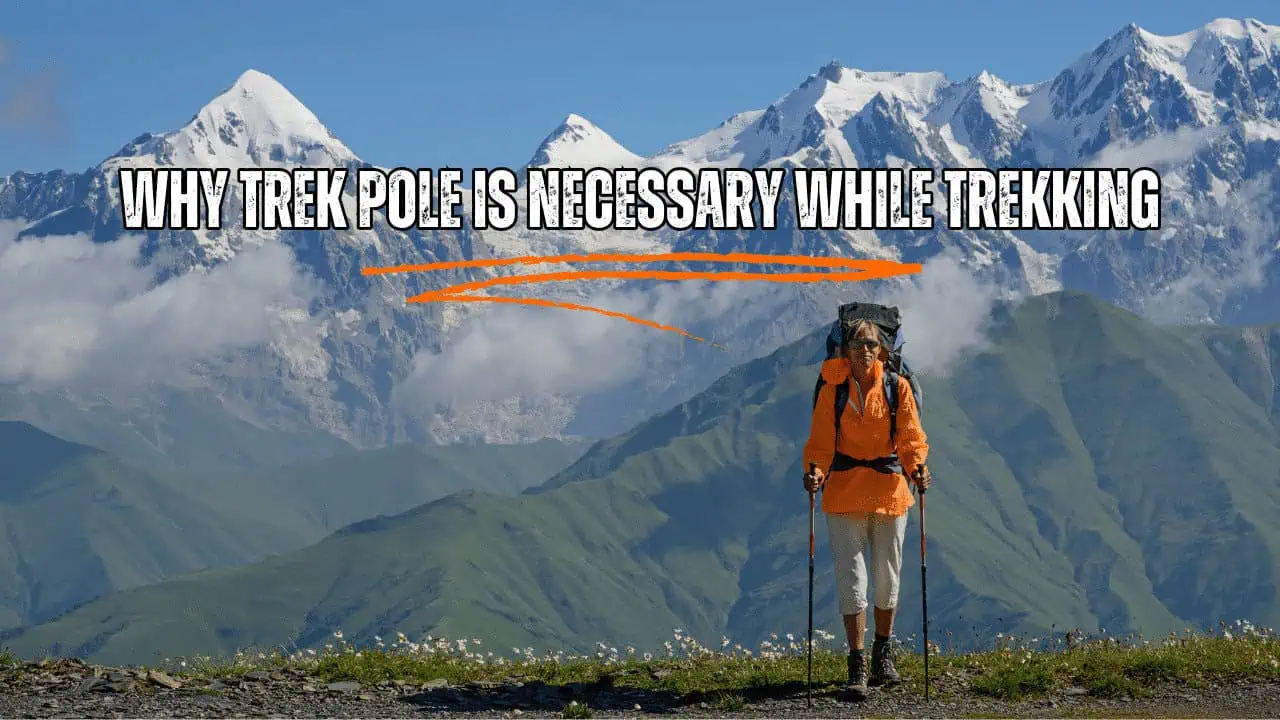
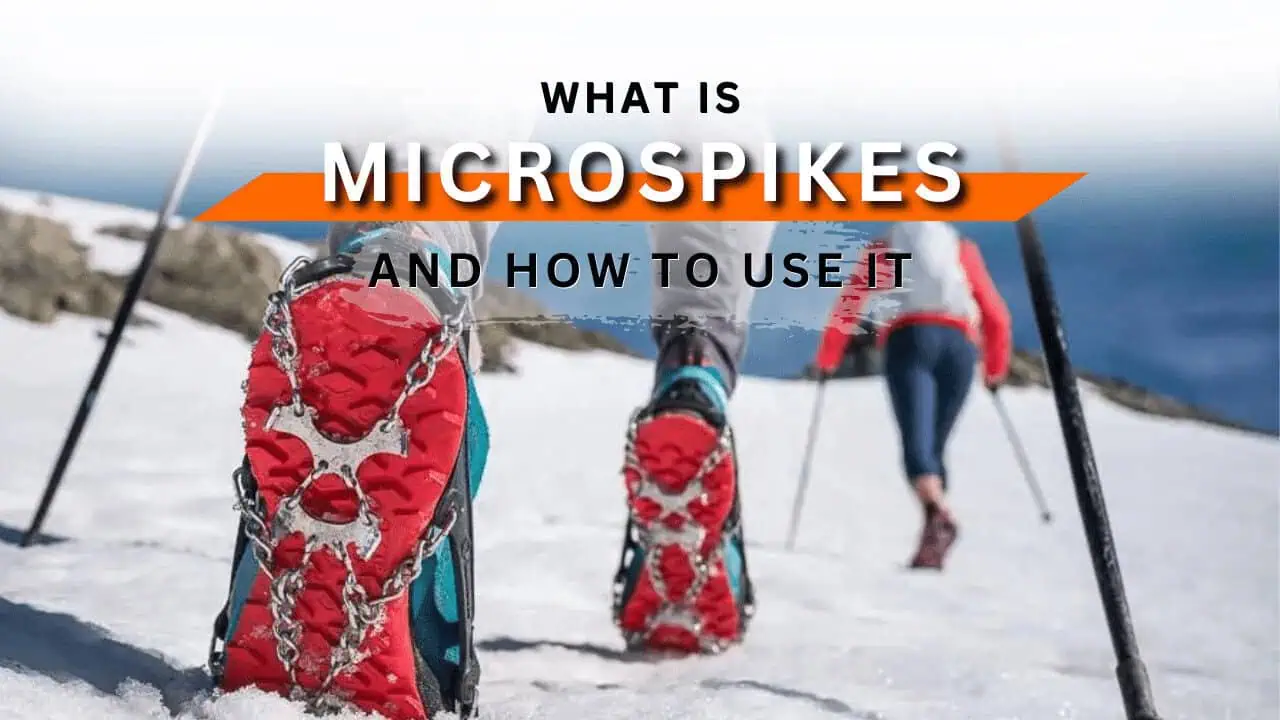


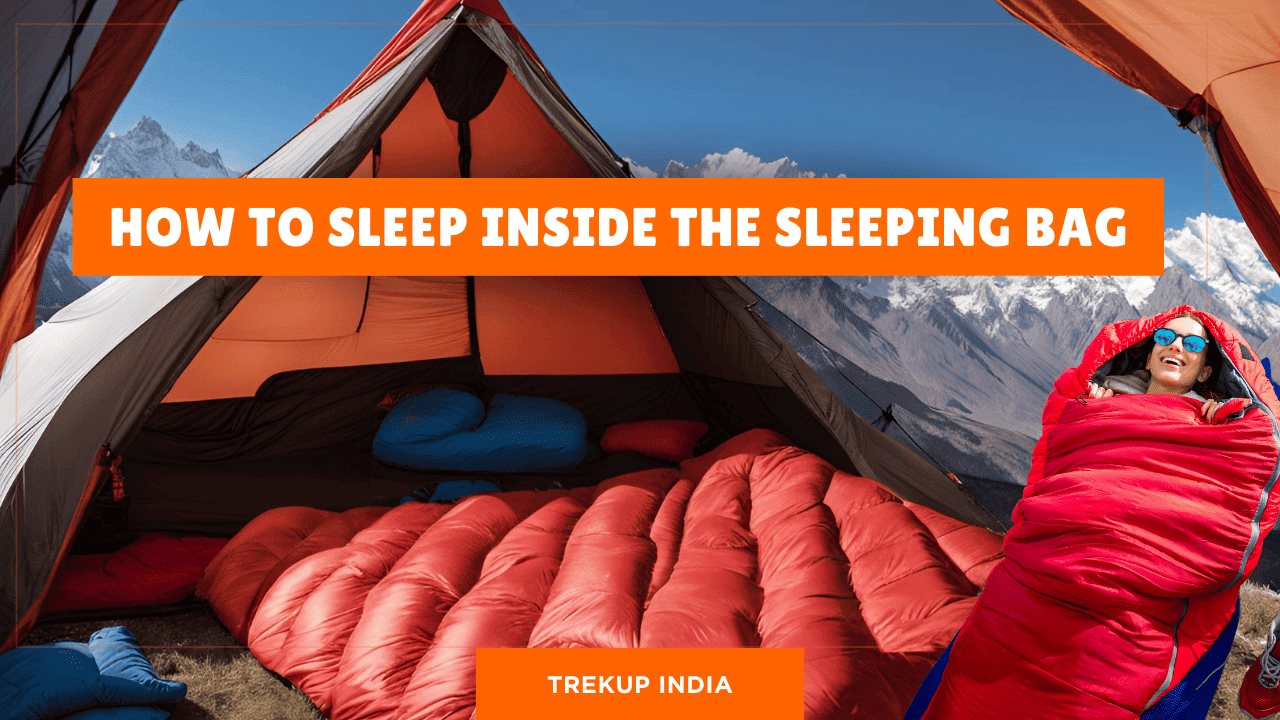

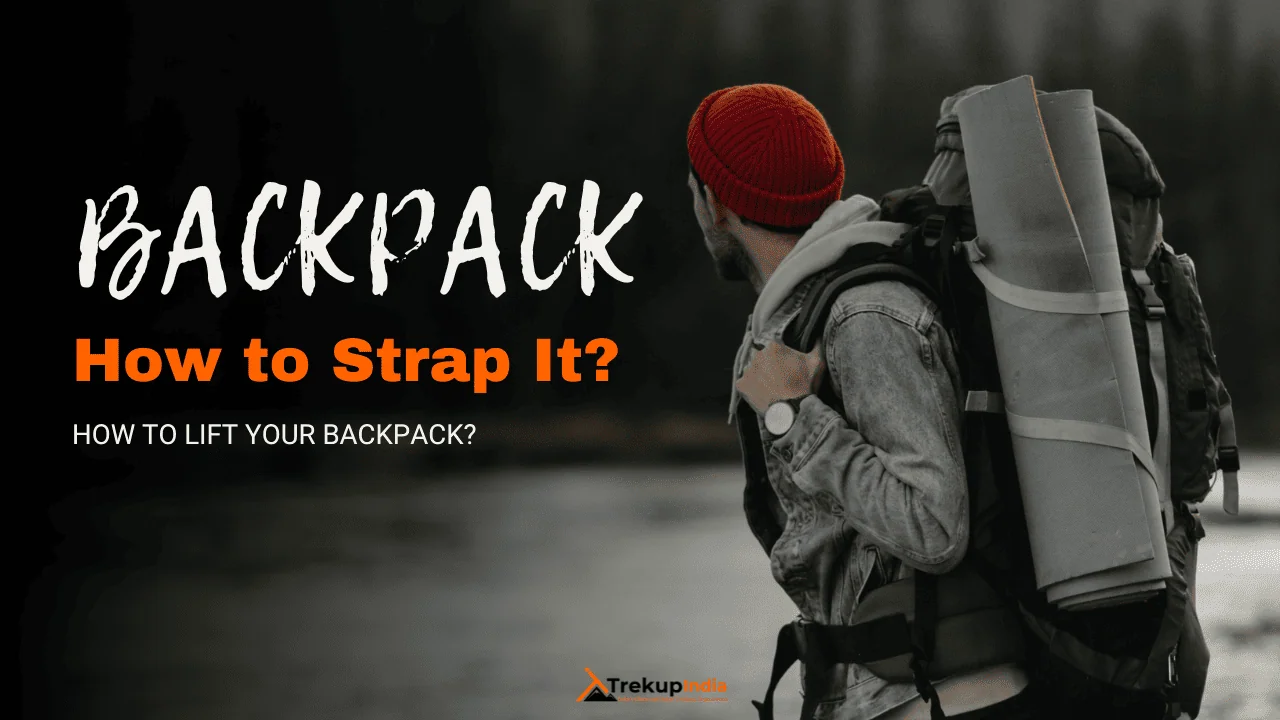
Know Everything About Acute Mountain Sickness
Acute Mountain Sickness is a medical condition that can occur when individuals travel to high altitudes, typically above 8,000 feet. It is caused by the decrease in air pressure and oxygen levels in the air as altitude increases. Symptoms of Acute Mountain Sickness may include headache, nausea, vomiting, dizziness, and difficulty sleeping. To avoid Acute Mountain Sickness, it is important to gradually adjust to high altitudes and seek medical attention if symptoms worsen. To learn more about this condition, check out the videos by Trekup India.
